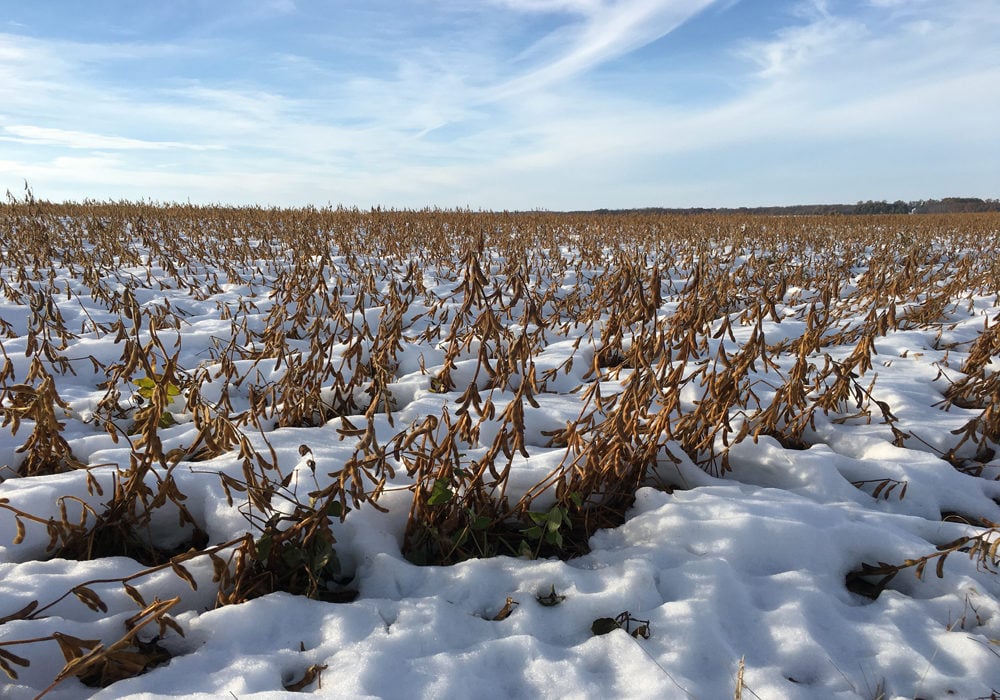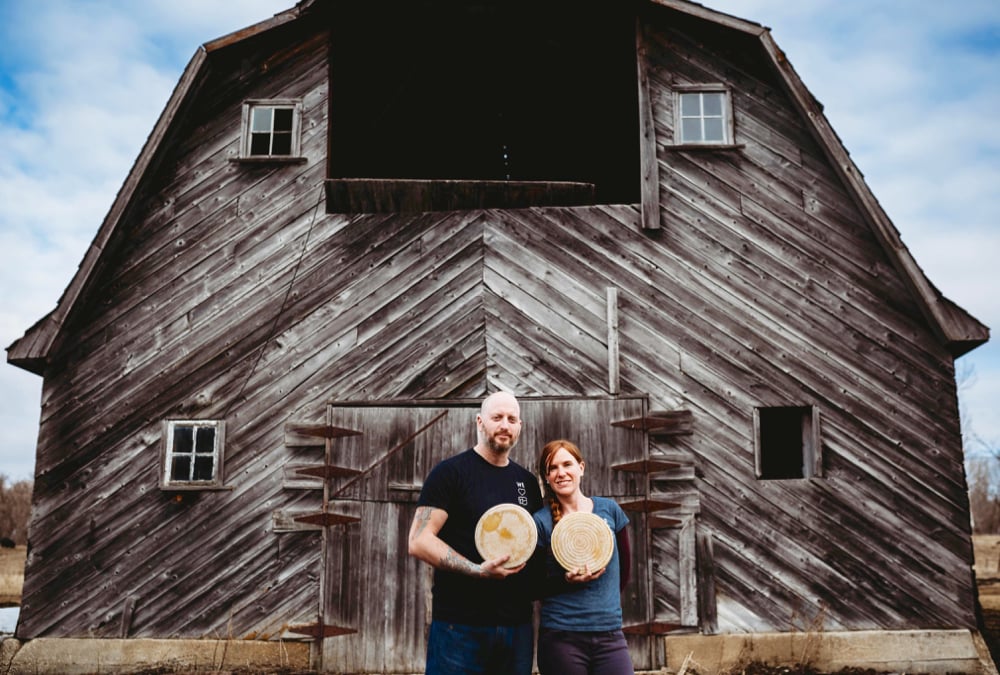The dismal weather of the May long weekend is now a bad memory, but the two very cold days may have dealt your backyard rhubarb patch a lasting blow.
Rhubarb stalks can become poisonous when Mother Nature decides to drop her temperatures below freezing after their leaves have emerged.
Any stalks with wilted leaves after a cold spell should always be cut from the plant, and never consumed because frost can cause the substance that makes rhubarb leaves toxic to travel down the stalk.
Rhubarb leaves contain oxalic acid, which when consumed can crystallize in the kidneys and cause permanent damage to the organs.
Read Also

Thunderstorms and straight-line winds
Straight-line winds in thunderstorms can cause as much damage as a tornado and are next on our weather school list exploring how and why severe summer weather forms.
Cut the stalks from the plant with wilted leaves, then wait for your plant to regenerate before you eat from it, says Anthony Mintenko, provincial fruit crops specialist with Manitoba Agriculture, Food and Rural Development (MAFRD).
“If the leaves are wilted, those stalks aren’t going to be good quality anyways,” he said. “It will be off-flavour and not taste well.”
Rhubarb leaves must never be eaten under any circumstances due to the presence of oxalic acid, he adds.
Asparagus, may also have had some damage. While it doesn’t become toxic, frost damage also results in an off-flavour and a softer, less desirable texture.
Asparagus and rhubarb will quickly regrow in warm temperatures, but it’s now a matter of waiting to see what this month’s cold snap did to commercial fruit crops such as saskatoons, apples and cherries.
“Strawberries are OK, because the flower buds are still down in the crown. It might just be the leaves damaged by frost but overall the plants are OK,” Mintenko said.
What the cold weather combined with snow did to saskatoons is more uncertain.
“They can take temperatures of -3 C when in bloom, but we had those strong winds with the ice pellets (May 18),” Mintenko said. “Then you get more physical damage of the flowers. Until we see the fruit set, we’re not really going to know.”
Cherry and apple trees are most vulnerable when they’re in full bloom, so how the anomaly of the long weekend’s weather may have affected these fruits will depend on how far along they were in the bloom stage.
“If the flower hasn’t opened up it can take a bit of frost,” he said. “The apple trees at my place were in the bloom stage but haven’t opened up yet. So hopefully they’ll be OK.”




















